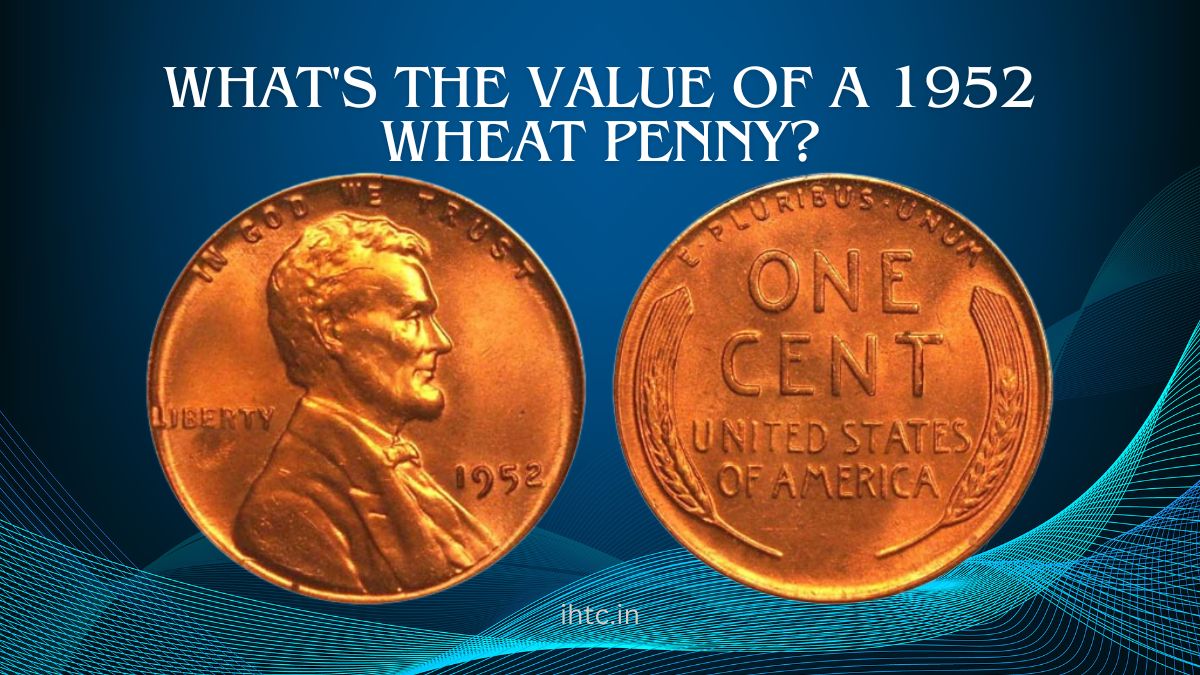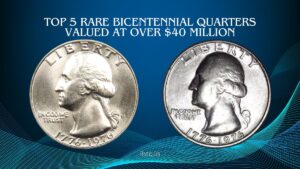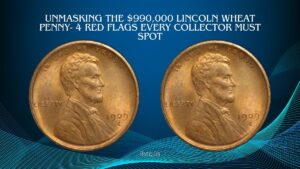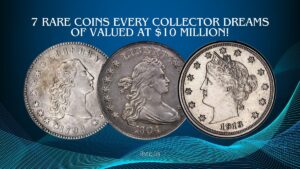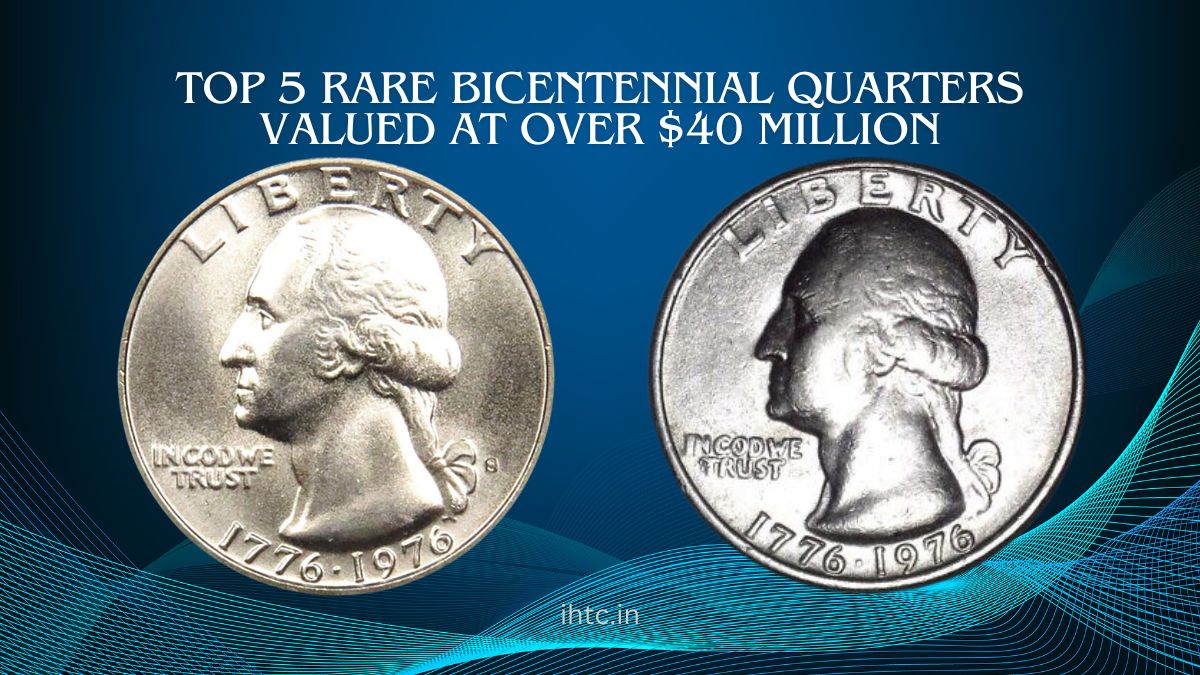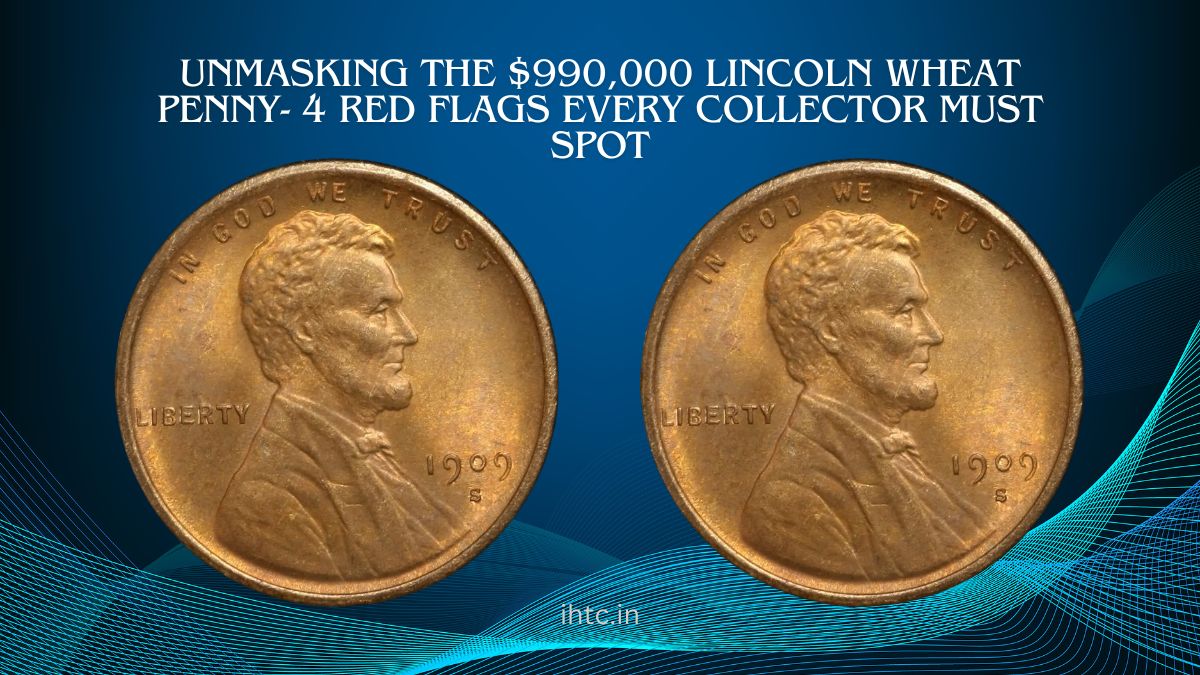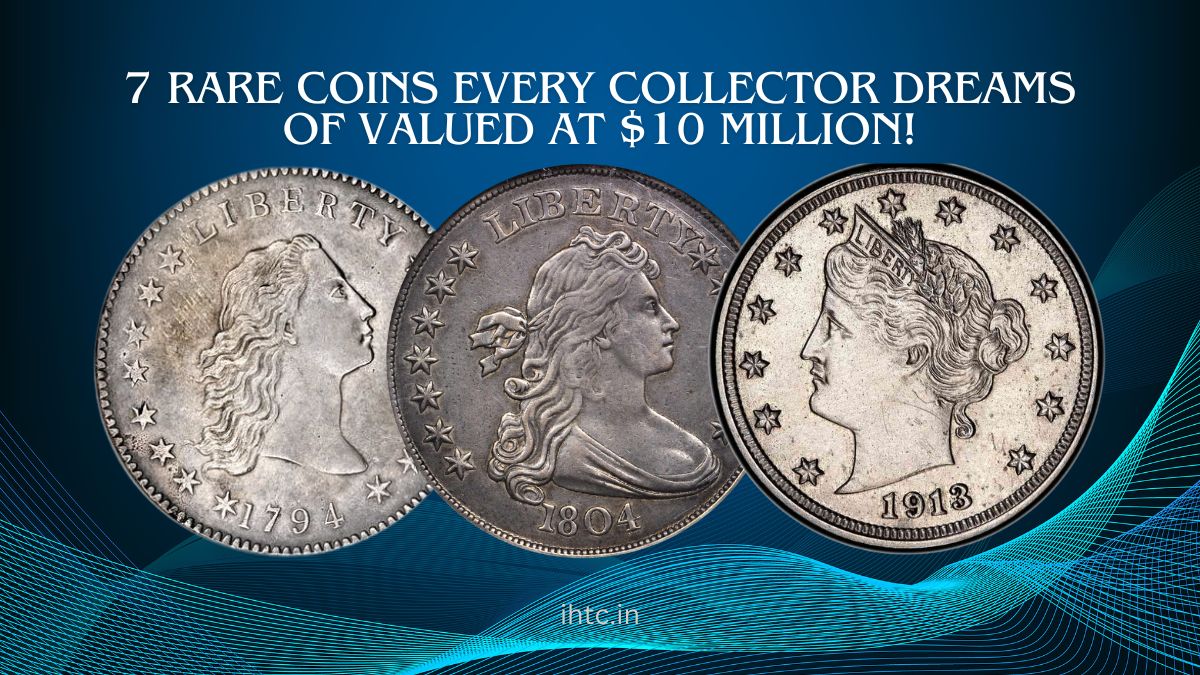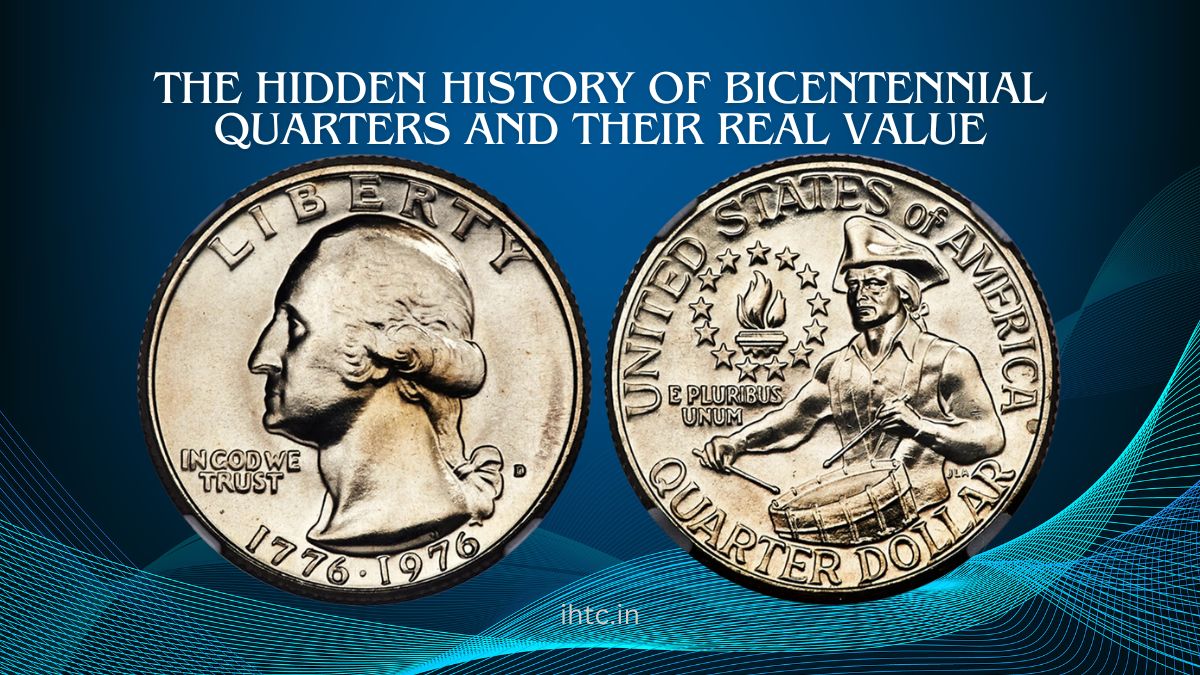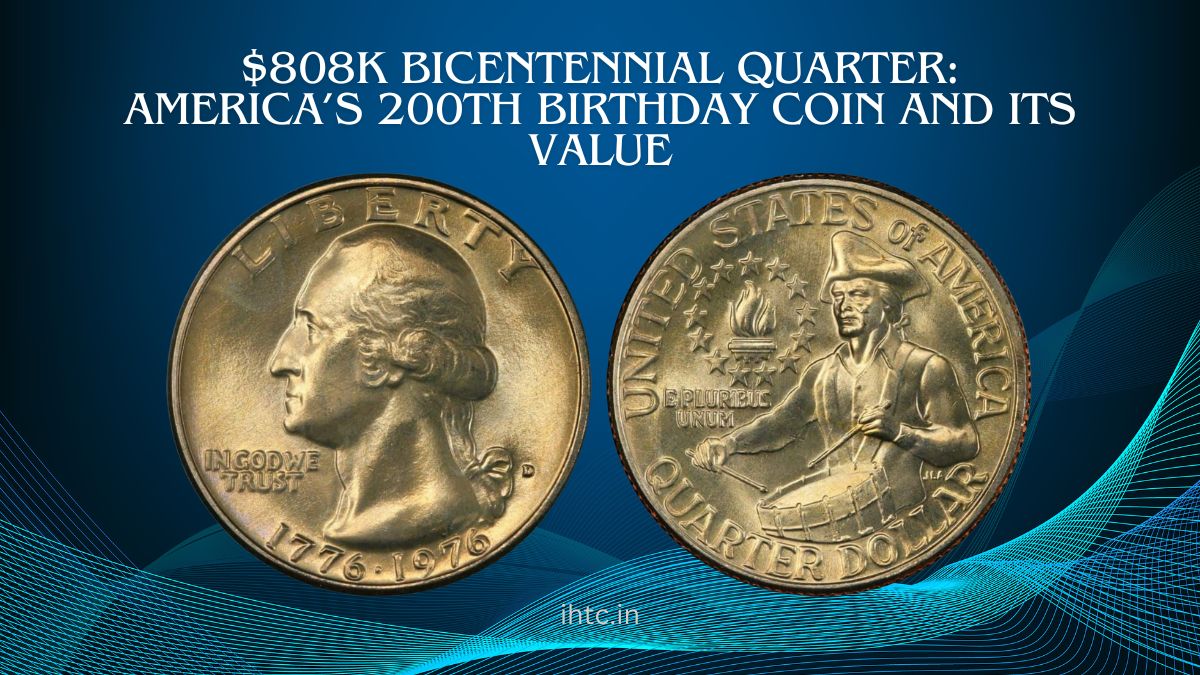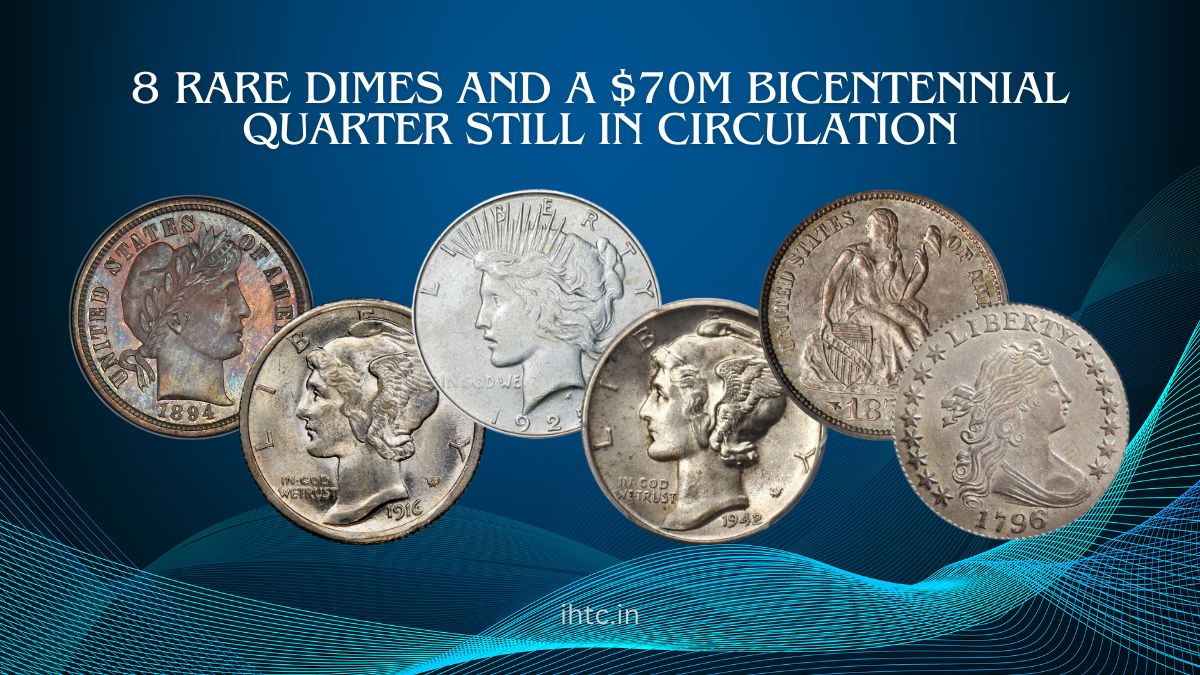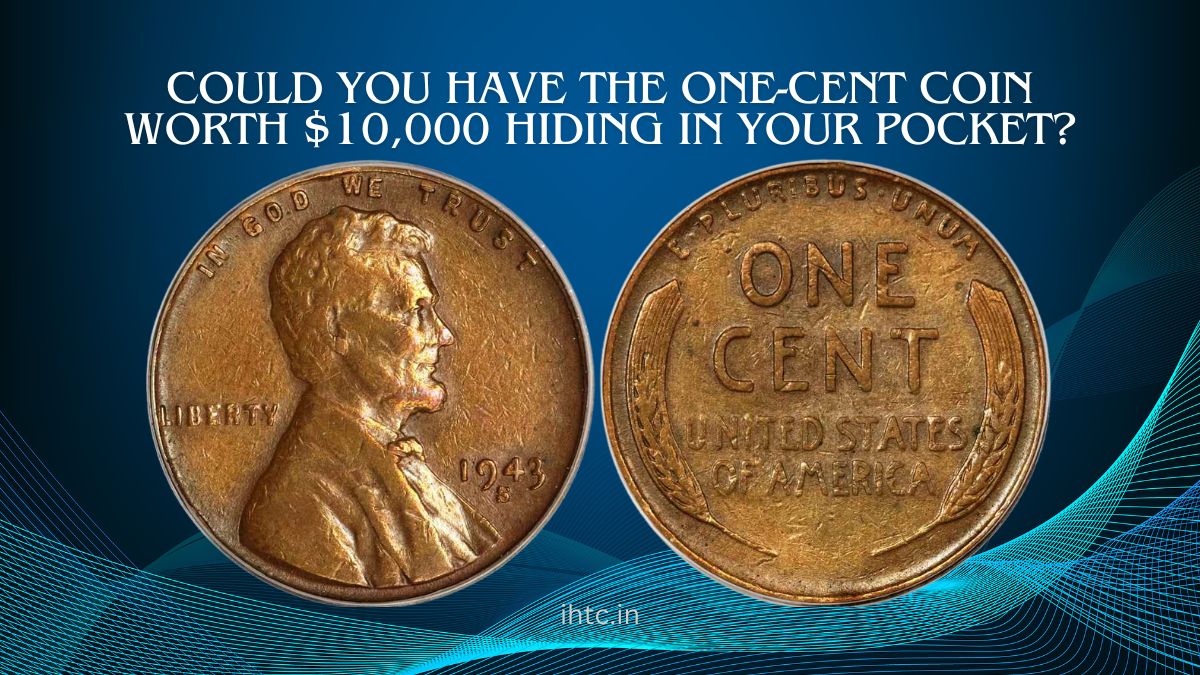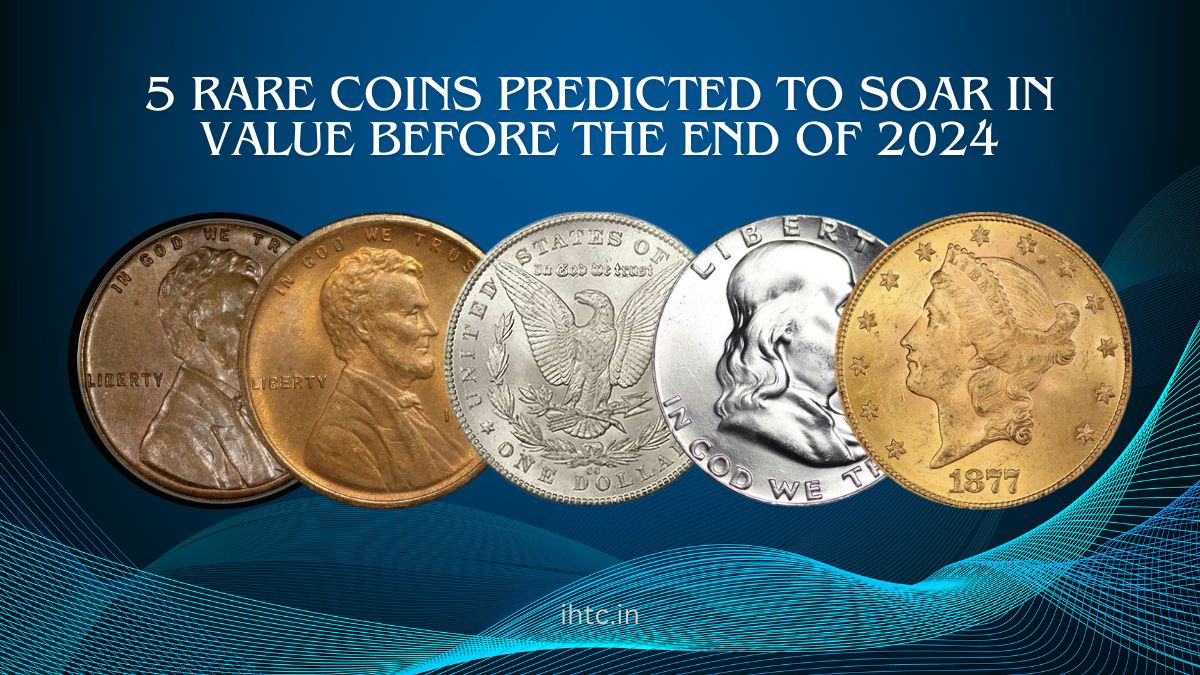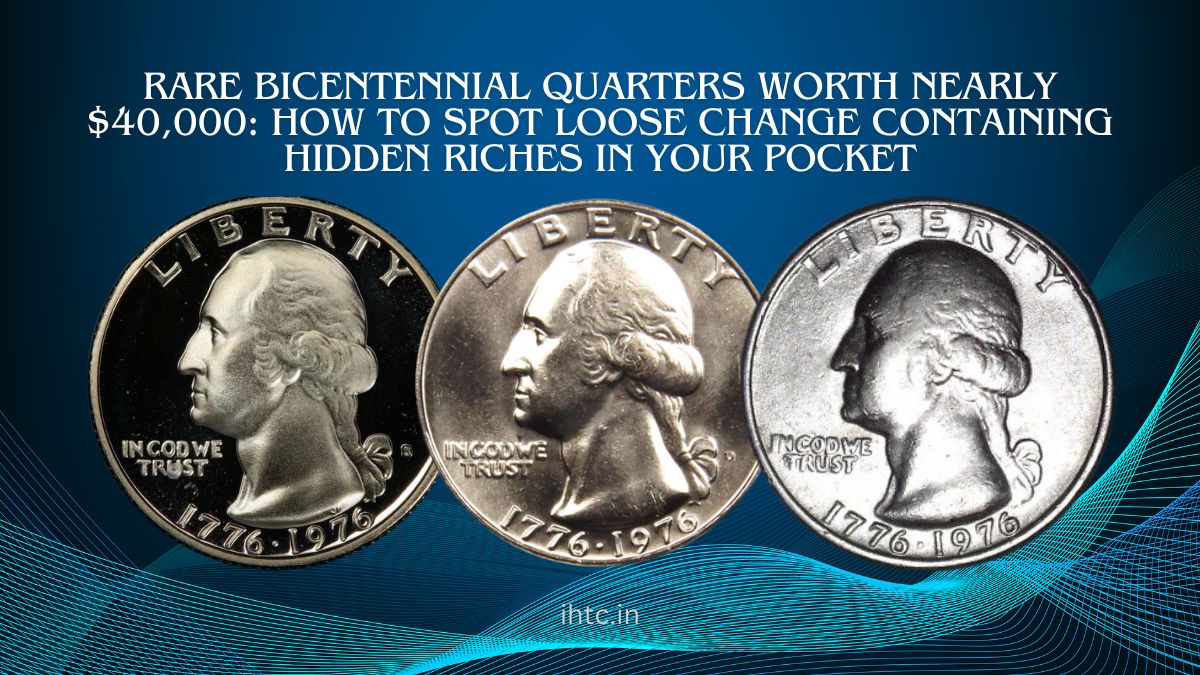The 1952 Wheat Penny is an intriguing coin for collectors, as it was produced during the post-World War II era. These coins are quite common, with over one billion pennies produced that year.
However, their value is contingent upon their condition, mint mark, and any potential errors. In this section, we will analyze the value of the 1952 penny by considering a variety of critical factors and investigate the factors that render it valuable to collectors.
The History of the 1952 Wheat Penny
In 1909, a series of coins was introduced to commemorate the 100th anniversary of Abraham Lincoln’s birth, which includes the 1952 Lincoln Wheat Penny.
The Wheat Penny, which was designed with Lincoln on the obverse and wheat stalks on the reverse, was in circulation until 1959, when it was replaced by the Lincoln Memorial.
Three primary variants of the penny were produced in 1952:
- Philadelphia Mint (No Mint Mark)
- Denver Mint (D Mint Mark)
- San Francisco Mint (S Mint Mark)
Furthermore, the Philadelphia Mint produced a restricted quantity of proof coins for collectors.
Composition and Mintage Figures
The mintage numbers for the 1952 Wheat Penny are as follows:
- 1952 (No Mint Mark): 186,775,000 minted
- 1952-D (Denver Mint): 746,130,000 minted
- 1952-S (San Francisco Mint): 137,800,004 minted
- 1952 Proof: 81,980 minted
The diameter of each cent is 19 mm, and it weighs 3.11 grams. It is made up of 95% copper and 5% tin and zinc.
Factors Affecting the Value of a 1952 Wheat Penny
The value of a 1952 Wheat Penny is influenced by a variety of factors, such as its condition, mint mark, and the presence of errors or unique characteristics.
Condition
Coin collectors employ a grading scale to evaluate the condition of coins, which spans from “Good” (G-4) to “Mint State” (MS-60 and above). As the condition improves, the value increases. The following is a concise summary:
- Good (G-4): The item is severely worn and has minimal details remaining.
- Very Fine (VF-20): The item exhibits moderate deterioration, but the details are still discernible.
- Uncirculated (MS-60 to MS-67): Higher grades exhibit a brilliant luster, while lower grades exhibit no evidence of wear.
Mint Mark
The value of a coin can also be influenced by the presence or absence of a mint mark:
- 1952 (No Mint Mark): Although common, this coin is highly valuable in uncirculated condition.
- 1952-D (Denver Mint): Although also prevalent, it is highly valued in upper grades.
- 1952-S (San Francisco Mint): Collectors regard it as more desirable due to its rarity in comparison to the other two varieties.
Errors
The value of certain 1952 Wheat Pennies can be substantially elevated due to minting errors. Some of the most prevalent errors to identify include:
- Doubled Die Error: This error, which is the result of a misaligned strike, can increase the value of a cent by $100 to $200.
- Off-Center Strike: The value of a coin can be increased by up to $10 if it is partially off-center, with the extent of the error determining the value.
- Repunched Mint Mark (RPM): A repunched “D” or “S” mint mark has the potential to enhance the value of a coin by $1 to $5.
Current Market Value of a 1952 Wheat Penny
Here’s a table summarizing the current value range for a 1952 Wheat Penny based on mint mark and condition:
| Grade/Condition | 1952 (No Mint Mark) | 1952-D | 1952-S | 1952 Proof |
|---|---|---|---|---|
| Good (G-4) | $0.05 to $0.35 | $0.04 to $0.35 | $0.05 to $0.35 | N/A |
| Very Fine (VF-20) | $0.10 to $0.50 | $0.10 to $0.50 | $0.12 to $0.60 | N/A |
| Uncirculated (MS-60) | $1.16 to $3.38 | $0.87 to $2.33 | $0.85 to $1.50 | $57+ |
| Uncirculated (MS-67) | $7,400+ | $7,400+ | $3,250+ | $64,625 |
Error and High-Grade Coins
- 1952 (No Mint Mark): This penny is valued at approximately $0.05 to $0.35 in normal condition; however, high-grade examples in MS67 can fetch as much as $7,400.
- 1952-D: Mint state coins are valued at approximately $2 to $3; however, a high-quality MS67 version can garner over $7,400.
- 1952-S: This variation is generally more valuable, particularly in higher grades, where a full red MS67 coin can fetch over $3,000.
- 1952 Proof: These proofs are exceedingly rare, with prices exceeding $60,000 for high-grade examples, which are restricted to just under 82,000 coins.
Varieties and Errors That Are Worth Noting
In 1952, certain Wheat Pennies that exhibit errors or variations can be sold at a higher price, including:
- Doubled Die Obverse (DDO): The value of these coins can range from $100 to $200, contingent upon the visibility of the defect.
- Repunched Mint Mark (RPM): These are more prevalent and typically cost between $1 and $5.
- Off-Center Strikes: These are relatively uncommon and can be valued at $10 or more, depending on the severity of the error.
The 1952 Wheat Penny is highly sought after by collectors due to its historical and numismatic significance, which is influenced by a variety of conditions and errors. Although a significant number of 1952 Wheat Pennies are relatively common, particularly in lower grades, high-quality examples, proof coins, and error pennies can be worth thousands of dollars.
Understanding the value of your 1952 Wheat Penny can be the key to unlocking its maximum potential, regardless of whether you are a casual collector or a seasoned numismatist.
This guide is intended to provide you with a thorough comprehension of the variables that influence the value of the 1952 Wheat Penny. Keep an eye out for high-grade coins and mint errors, as they can considerably increase the value of your penny.
